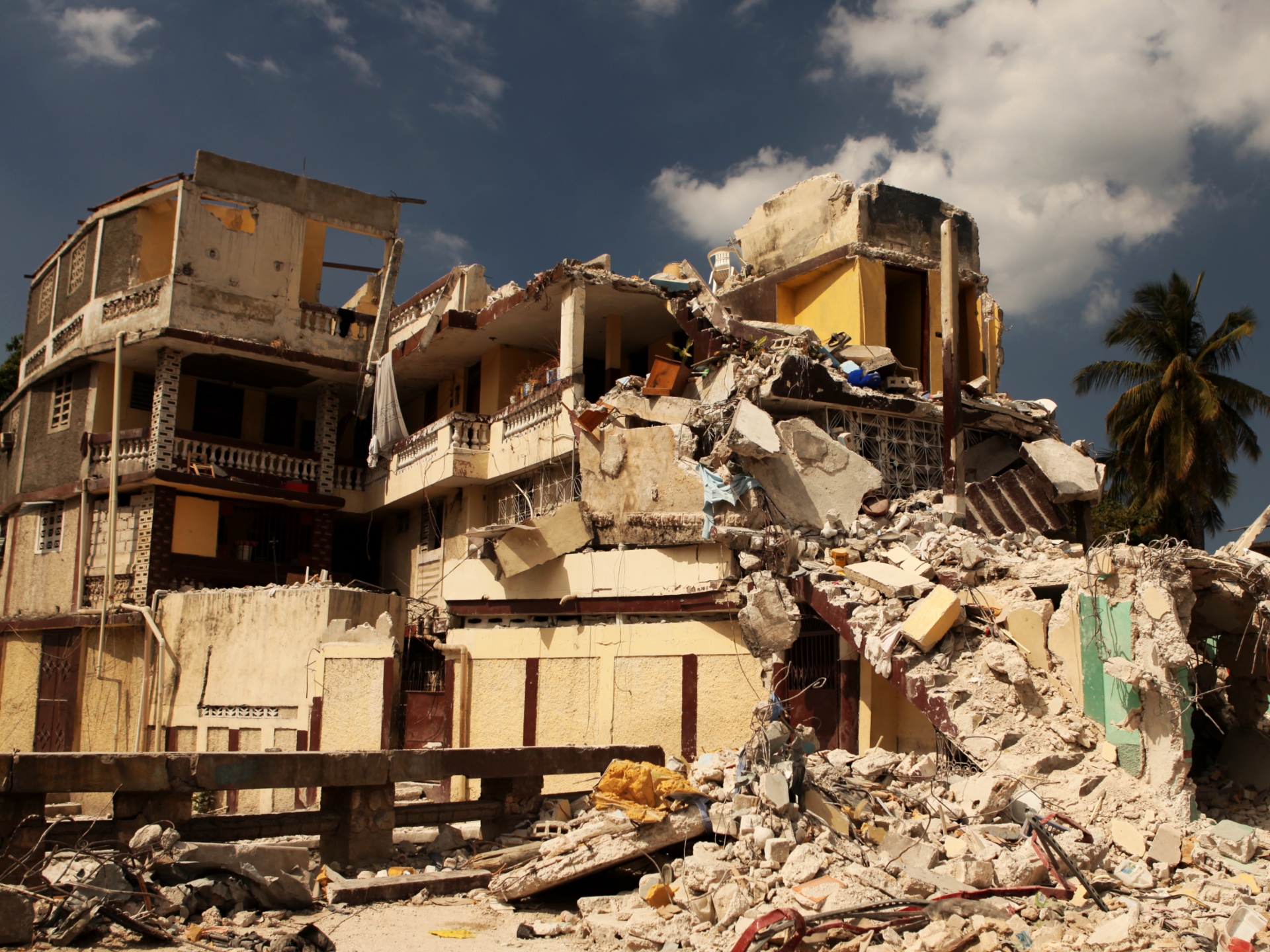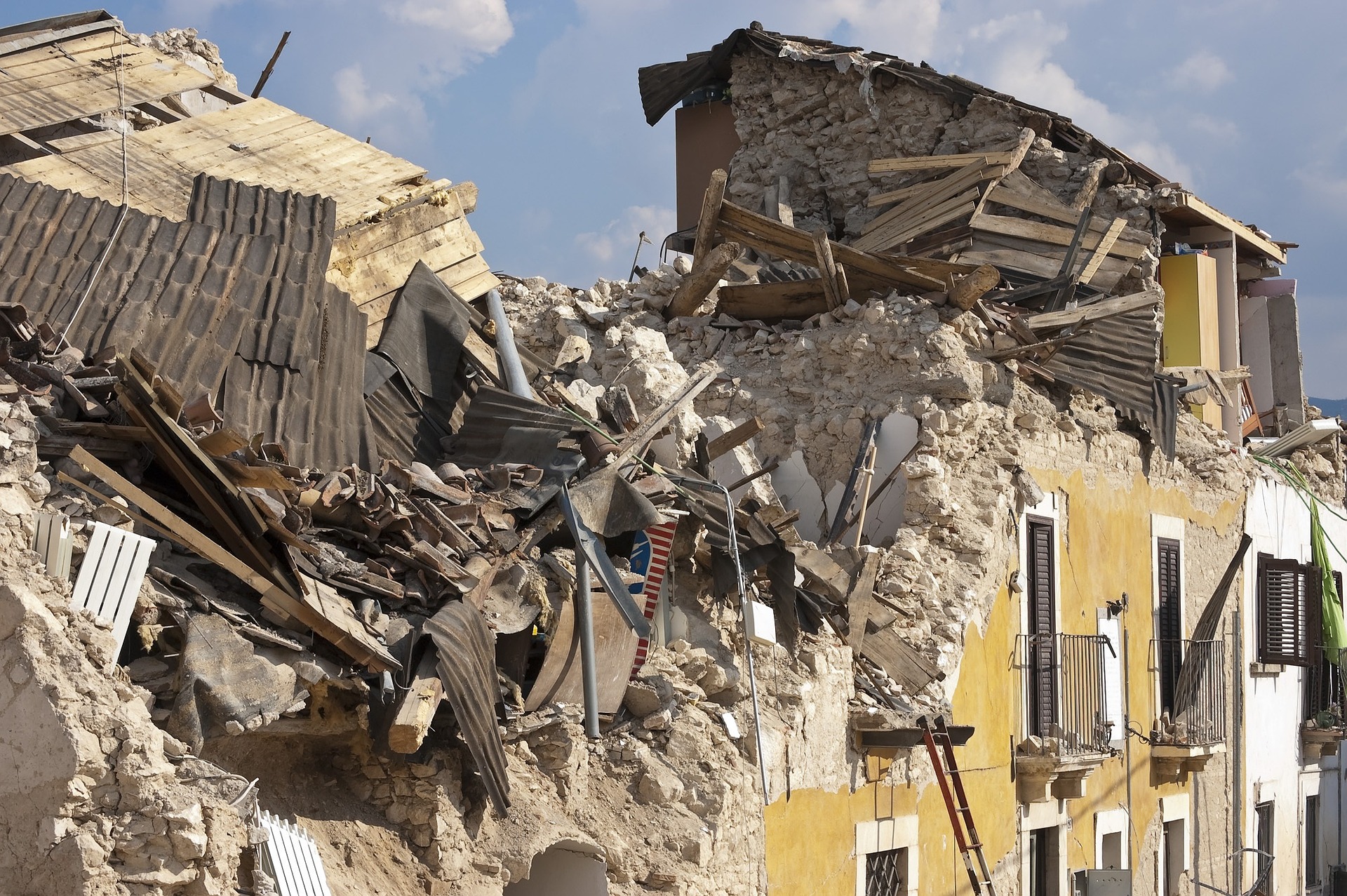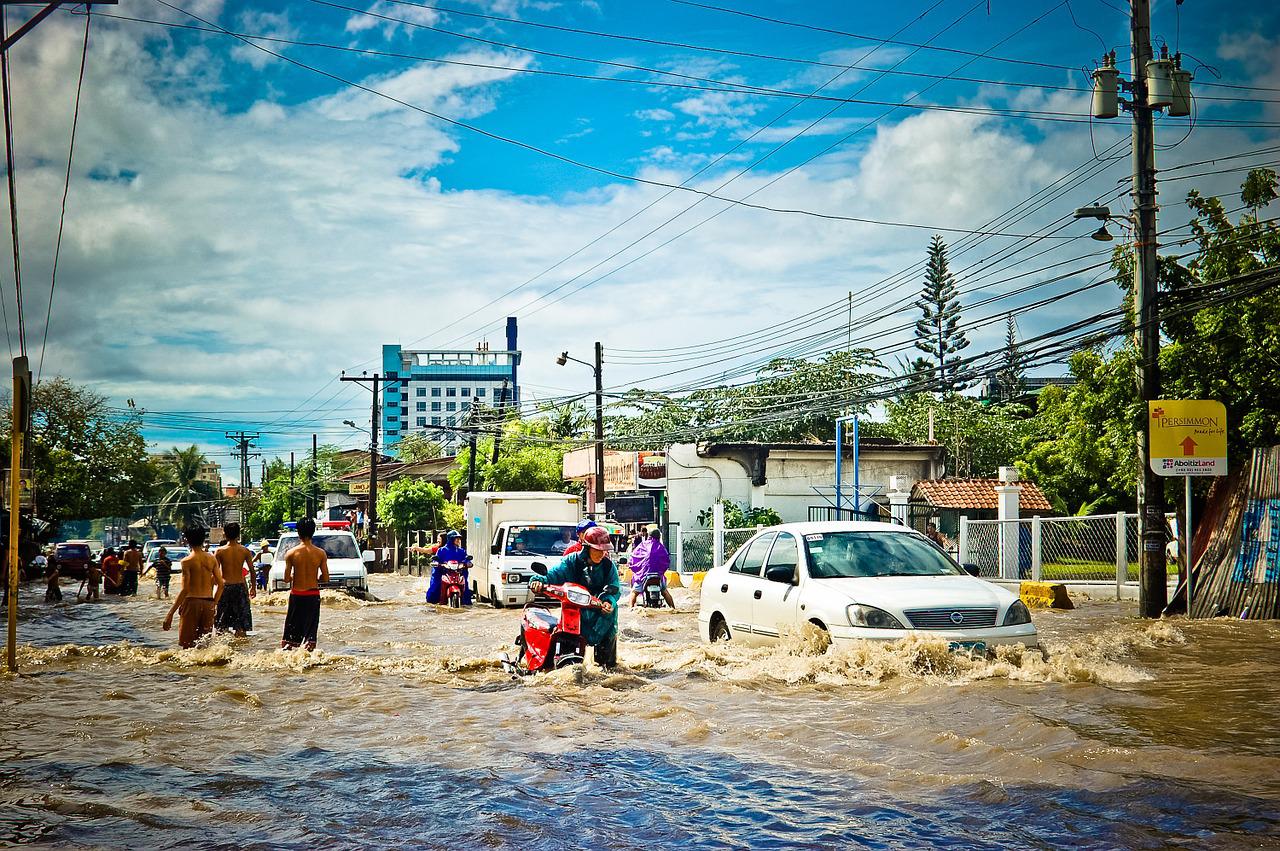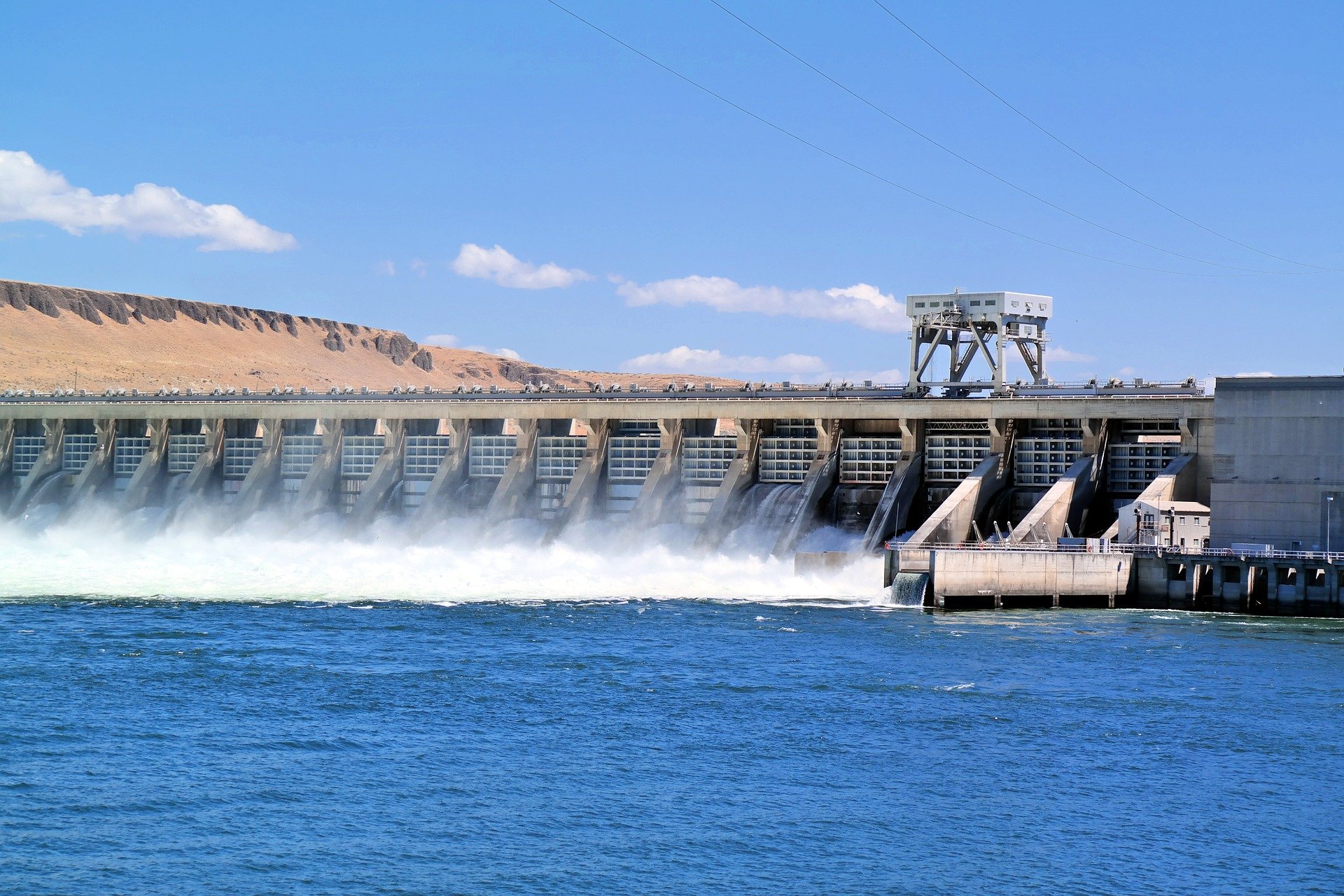.jpg)
2022: A year when disasters compounded and cascaded
The year 2022 was yet another reminder that Asia-Pacific is the world’s most disaster-prone region. The major disasters of 2022 fell across the development spectrum, from floods in Afghanistan, Australia, Bangladesh, India, Pakistan and Thailand, drought in China, Kiribati and Tuvalu, typhoons Megi and Nalgae in the Philippines, heatwaves in India, Japan and Pakistan to earthquakes in Afghanistan, Fiji and Indonesia. Floods were the deadliest, accounting for 74.4 per cent of disaster events in the region and 88.4 per cent of total deaths globally.
Risk drivers: climate and geophysical factors
The tropical Pacific has been in a La Niña state throughout the year and the period from August to October 2022 marked the first “triple-dip” La Niña event of the 21st century. This, coupled with a warmer planet, created a series of extreme weather events world-wide. The 2022 Pakistan flood which affected 33 million people and caused 1,739 deaths was a notable example. The World Weather Attribution study released on 15 September 2022 showed “fingerprints” of climate change on this extreme monsoon rainfall in Pakistan. Bangladesh and India also experienced flood last year which affected 7.2 million and 1.3 million people respectively.
In 2022, India and Pakistan recorded their warmest ever March and April. The pre-monsoon period in South Asia is usually marked with excessively high temperatures, especially in May, but scientists believe that the early heatwaves were a consequence of persisting north-south low-pressure patterns which formed over India during winter when La Niña phenomenon occurs in the equatorial Pacific Ocean.
Indonesia, which sits on the ‘Ring of Fire,’ witnessed a deadly earthquake claiming over 330 lives in November 2022. Afghanistan, located on the Alpide belt, the second most seismically active region in the world after the Pacific Ring of Fire, was impacted by an earthquake in June 2022 with over 1,000 deaths.
Why disasters compound and cascade
Driven by the hazard characteristics and the underlying diverse socio-economic vulnerabilities and exposure, the major disasters in 2022 were complex with compounding and cascading impacts. For example, the 2022 earthquakes in Afghanistan and Indonesia were mild with 5.9 and 5.6 magnitudes, but the impacts of both were relatively severe. The fundamental reason was the critical vulnerability of community at risk and direct exposure of economic and social assets near the epicenters of the earthquakes.
In the case of compounding risk, simultaneous hazard events took place followed by their respective or combined impacts. As Afghanistan was already simultaneously struggling with perennial conflicts, pandemic and disasters, the June earthquake led to a number of impacts and resulted in a substantially accumulated residual impact, which then became further multiplied when unseasonal rainfall and floods arrived shortly afterward. As can be seen, disasters tend to compound and can easily become risk multipliers (See Figure 1).
Figure 1. Disasters compound and become risk multipliers
The year 2022 also witnessed cascading disasters where a chain of hazard events took place followed by the initial and residual impacts. Pakistan witnessed melting glaciers from the record spring heat and this combined with an unprecedented monsoon rain resulted in a historic flooding that devastated a large part of the country. It was a unique example of cascading disasters where a heat wave triggered the melting of glaciers and the event converged with a large scale monsoon resulting in drawn out flooding and attendant water-borne diseases (See Figure 2). Further, Pakistan faced a cascading crisis in the wake of rising food and fuel prices and significant economic challenges persisting from even prior to the recent floods.
Figure 2. Disasters cascade and turn into risk multiplier.
#6. Key action points
The year 2022 reminded the world of the reality of compound and cascading risks. The lessons provided insights on the key drivers and brought forth six action points below:
- Consideration of all dimensions of risk, including the dynamic and rapidly evolving Asia-Pacific riskscape at 1.5 to 2.0 degree warming scenarios and its implications for disease outbreaks, for its cross-sectoral assessment and management.
- Developing vulnerability and exposure databases for better anticipation and management of compounding and cascading risks.
- Configuring and putting in place an integrated multi-hazard early warning systems to capture the compounding and cascading risks, capitalize on Early Warning for All by 2027 initiative.
- Innovative risk reduction financing mechanisms.
- Understanding and addressing the risks involved in critical infrastructure systems.
- Adopting ecosystem-based approaches to mitigate and manage risk.
The upcoming Asia-Pacific Disaster Report 2023 and the eighth session of the ESCAP intergovernmental Committee on Disaster Risk Reduction scheduled in July 2023 will deliver on the above action points. In the meantime, ESCAP Risk and Resilience Portal is customized to address the challenges of managing complex, compounding and cascading risks.
By:
Sanjay Srivastava, Chief of Disaster Risk Reduction, UN Economic and Social Commission
Madhurima Sarkar-Swaisgood, Economic Affairs Officer, UN
Temily Baker, Programme Management Officer, UN ESCAP
Soomi Hong, Associate Economic Affairs Officer, UN ESCAP
Maria Dewi, Consultant, UN ESCAP
The views and opinions expressed in this blog are those of the author and do not necessarily reflect those of the Coalition for Disaster Resilient Infrastructure (CDRI).





.jpg)


